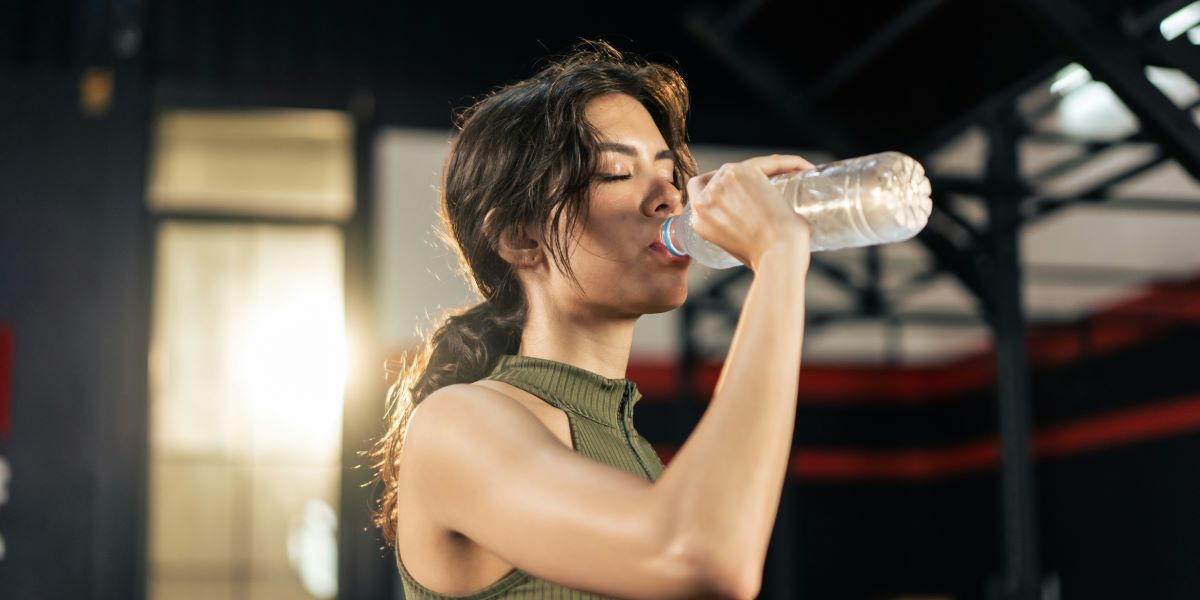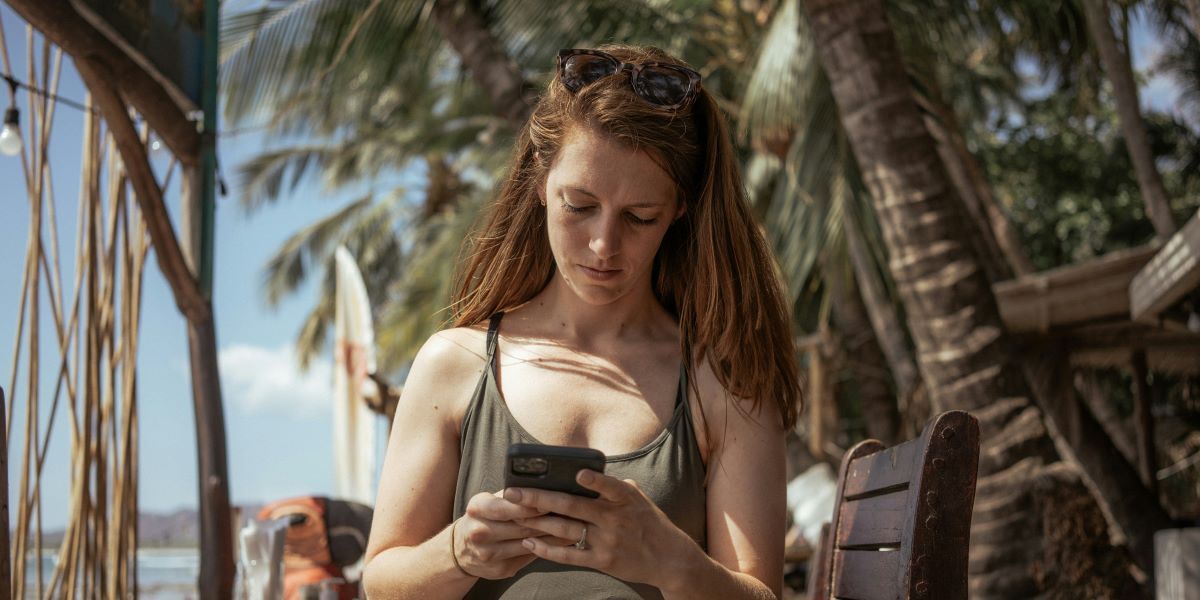Practical Preventive Measures for Women to Reduce the Risk of Heat-Related Illnesses
Extreme heat can pose significant health challenges, especially when the body struggles to maintain a safe internal temperature. Women, like all individuals, need to be mindful of the risks associated with heat-related illnesses and take practical steps to protect themselves during hot weather. This article explores effective preventive measures that women can incorporate into their daily routines to avoid overheating and maintain well-being during periods of extreme heat.
Read also: Karen Patton Brings Life to Her Community and Edge to the Industry With Peach Out Power Yoga
Understanding the Risks of Heat-Related Illnesses for Women
Heat-related illnesses occur when the body is unable to properly regulate its temperature under conditions of excessive heat. Women may face specific challenges due to physiological differences such as hormonal fluctuations, body composition, and hydration needs. These factors can influence how heat is managed internally and how the body responds to stress.
Women engaging in physical activity, caregiving, or working outdoors during hot weather are particularly susceptible to heat exhaustion or heat stroke. Recognizing that vulnerability and taking proactive steps helps reduce the likelihood of experiencing severe symptoms. Preventive measures focus on maintaining body temperature, staying hydrated, and adjusting daily habits to accommodate heat conditions.
Daily Hydration and Nutrition Habits to Support Heat Safety
Proper hydration is one of the most important factors in preventing heat-related illnesses. Drinking fluids regularly throughout the day helps replace the water lost through sweating and supports natural cooling mechanisms. Women may need to pay particular attention to hydration as hormonal cycles can affect fluid balance.
In addition to drinking water, consuming foods rich in water content such as fruits and vegetables contributes to overall hydration. Balanced nutrition that includes adequate electrolytes also supports bodily functions during heat exposure. Limiting caffeine and alcohol intake is advisable, as these can increase dehydration risk.
Establishing a hydration routine that encourages frequent, moderate intake of fluids is beneficial. This approach avoids overloading the body at once and helps maintain steady fluid levels. Awareness of thirst cues and adjusting fluid consumption during physical exertion or outdoor activities further enhances safety.
Adapting Clothing and Lifestyle for Heat Comfort
Choosing appropriate clothing is a practical way to reduce heat stress. Lightweight, loose-fitting garments made of breathable fabrics allow better air circulation and facilitate sweat evaporation, aiding the body’s cooling process. Light colors reflect sunlight and minimize heat absorption, contributing to cooler body temperatures.
Lifestyle adjustments such as planning outdoor activities during cooler parts of the day and taking regular breaks in shaded or air-conditioned environments help prevent overheating. Women balancing work, caregiving, or household responsibilities can benefit from incorporating short rest periods and seeking cooler spaces when possible.
Using accessories like wide-brimmed hats or sun umbrellas can provide additional protection from direct sunlight. Awareness of the intensity of sun exposure and adjusting behavior accordingly helps avoid unnecessary heat strain. Incorporating these simple adaptations into daily routines supports comfort and safety.
Monitoring Physical Signs and Managing Activity Levels
Being attentive to one’s body is crucial for recognizing early signs of heat stress. Symptoms such as dizziness, excessive sweating, headache, or nausea indicate that the body may be struggling to cope with heat. Promptly responding to these signs by resting, hydrating, and moving to a cooler location can prevent progression to more serious conditions.
Women engaged in physical exercise or labor-intensive tasks should modify the intensity and duration based on weather conditions. Gradually acclimating to heat by slowly increasing activity over several days can improve the body’s tolerance. Avoiding strenuous activities during peak heat hours reduces the risk of heat exhaustion.
It is also important to consider underlying health conditions that may affect heat sensitivity. Consulting healthcare professionals for personalized advice and being aware of medications that influence hydration or temperature regulation can guide safer practices. Overall, managing activity levels with an understanding of heat risks promotes well-being.
Read also: Women Continue to Dominate in the Skincare Sector
Creating Supportive Environments and Routines
Heat safety is enhanced when women have access to supportive environments. This includes homes, workplaces, and community spaces designed or adapted to provide adequate ventilation and cooling. Simple measures such as using fans, closing blinds during midday sun, and ensuring access to drinking water contribute to safer surroundings.
Developing routines that prioritize hydration, rest, and protection from direct sunlight reinforces preventive habits. Social support from family, friends, or community groups can help monitor and encourage healthy behaviors during heatwaves. Sharing knowledge about heat risks and preventive strategies creates a collective approach to safety.
Planning ahead for heat events by preparing cooling areas and scheduling activities mindfully ensures better management of heat exposure. Integrating these elements into daily life helps reduce the impact of extreme temperatures and supports sustained health.
Women can effectively reduce the risk of heat-related illnesses by adopting practical preventive measures tailored to their needs. Hydration, appropriate clothing, monitoring physical signs, and creating supportive environments form the foundation of heat safety. Incorporating these strategies into daily life promotes resilience against extreme heat and contributes to overall well-being during hot weather.



